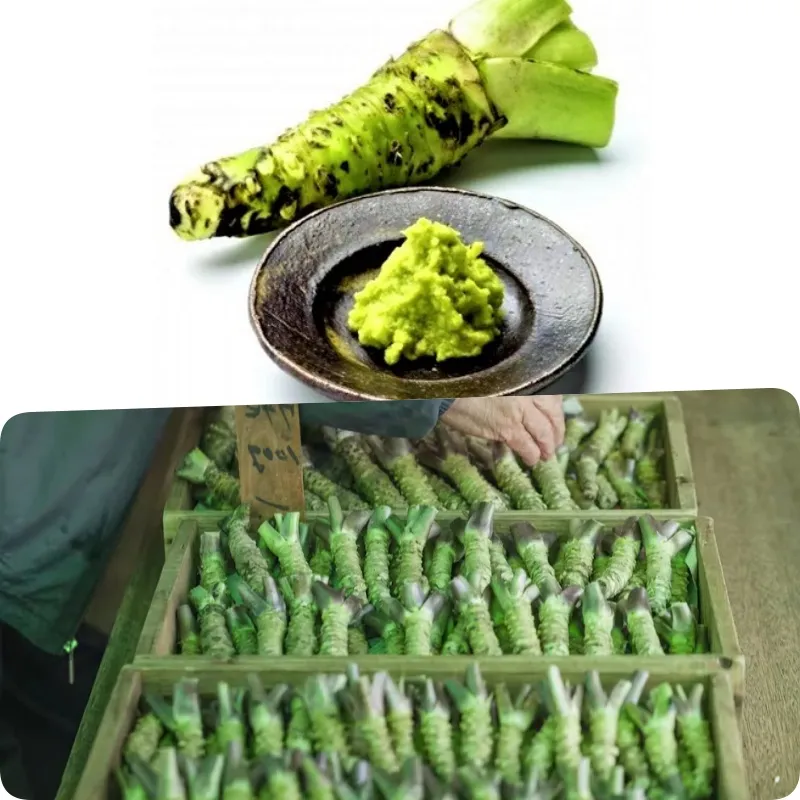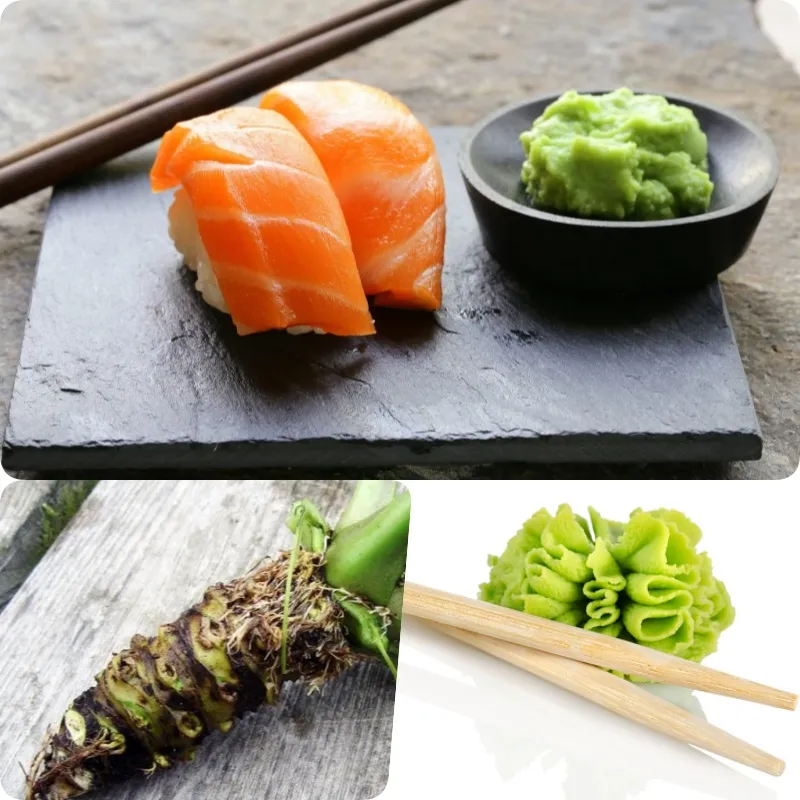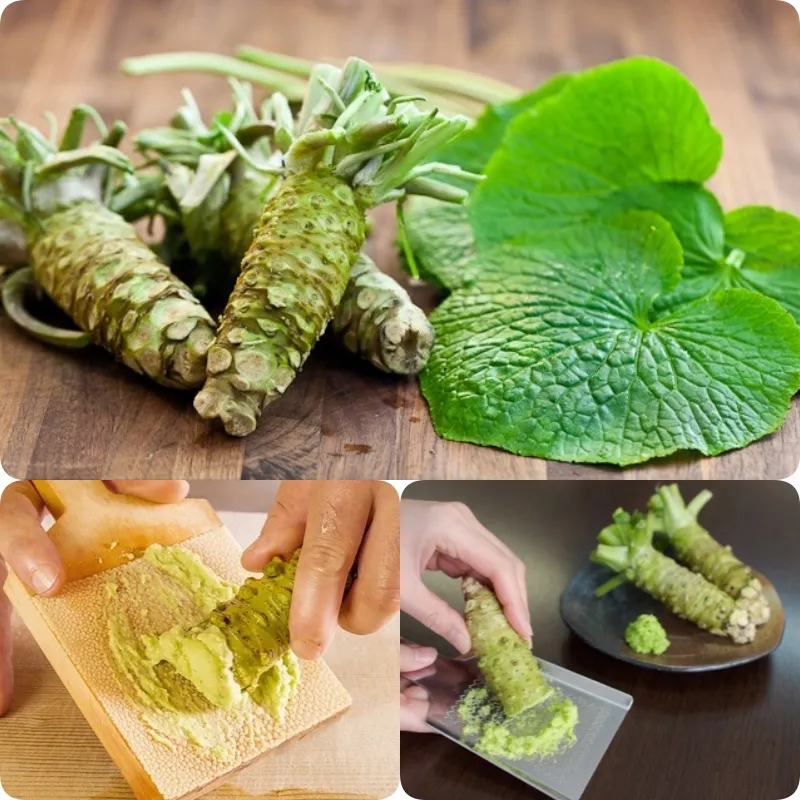Wasabi: The Ugly but Expensive Delight

Wasabi: The Ugly but Expensive Delight
When you think of wasabi, the vibrant green paste often served alongside sushi might come to mind. Yet, beneath its familiar appearance lies a fascinating story of rarity, expense, and culinary allure. Despite its unassuming, rugged exterior, wasabi is one of the most sought-after and costly condiments in the world.
The Appearance of Wasabi

Wasabi, also known as Wasabia japonica, is a perennial plant native to Japan. Unlike its polished appearance when served on a plate, wasabi’s natural form is far from glamorous. The plant grows in cold, mountain streams and has a rough, knotted rhizome (the edible part) that looks more like a twisted root than a sophisticated ingredient. The wasabi rhizome is covered in a tough, greenish-brown skin that belies its prized status in culinary circles.
The Rarity and Cost
The rarity of true wasabi is a major factor behind its high price. Growing wasabi requires specific conditions: cool, running water and shade. It takes about 2 to 3 years for a wasabi plant to mature enough to harvest its rhizome, and even then, the yield is relatively small. These precise growing requirements and the long cultivation period make wasabi a rare commodity.
Due to its high cost, many restaurants and consumers turn to wasabi substitutes made from horseradish and food coloring. True wasabi can cost between $100 to $200 per kilogram, with freshly grated wasabi commanding even higher prices. This expense is partly due to the labor-intensive process of cultivating and harvesting, as well as the delicate nature of the wasabi plant, which is susceptible to diseases and pests.
The Flavor Profile

Despite its unattractive appearance, wasabi’s flavor is nothing short of extraordinary. Fresh wasabi has a sharp, pungent heat that is distinct from the burn of chili peppers. Its spiciness is more aromatic and fleeting, providing a sharp kick that complements sushi and sashimi without overwhelming the palate. Unlike its imitation counterparts, true wasabi has a complex, nuanced flavor with hints of sweetness and a slightly vegetal taste.
Culinary Significance
In Japanese cuisine, wasabi is more than just a condiment; it is an integral component of the dining experience. It enhances the flavors of sushi and sashimi, providing a clean, sharp contrast to the richness of raw fish. In addition to its role in traditional dishes, wasabi is also used in a variety of modern culinary creations, from wasabi-flavored snacks to innovative fusion dishes.

Chefs and food enthusiasts treasure wasabi for its authenticity and complexity, often going to great lengths to source and serve it. The freshly grated wasabi, with its intense flavor and aroma, adds a touch of luxury to any meal and reflects a deep respect for the art of Japanese cuisine.
Conclusion
Wasabi may not win any beauty contests with its rough exterior and unpolished appearance, but its value and significance in the culinary world are beyond compare. Its rarity and the care required to cultivate it contribute to its high price, making it a coveted ingredient for those who appreciate its unique flavor. Whether enjoyed in its raw form or as part of an elaborate dish, wasabi remains a testament to the adage that sometimes the most extraordinary things come in the most unexpected packages.



